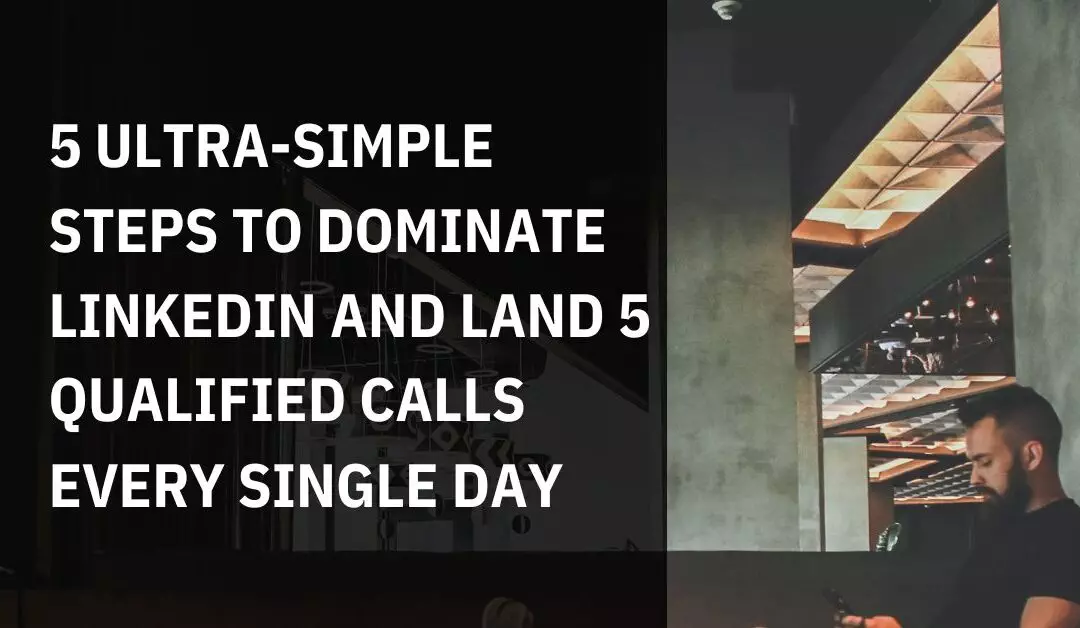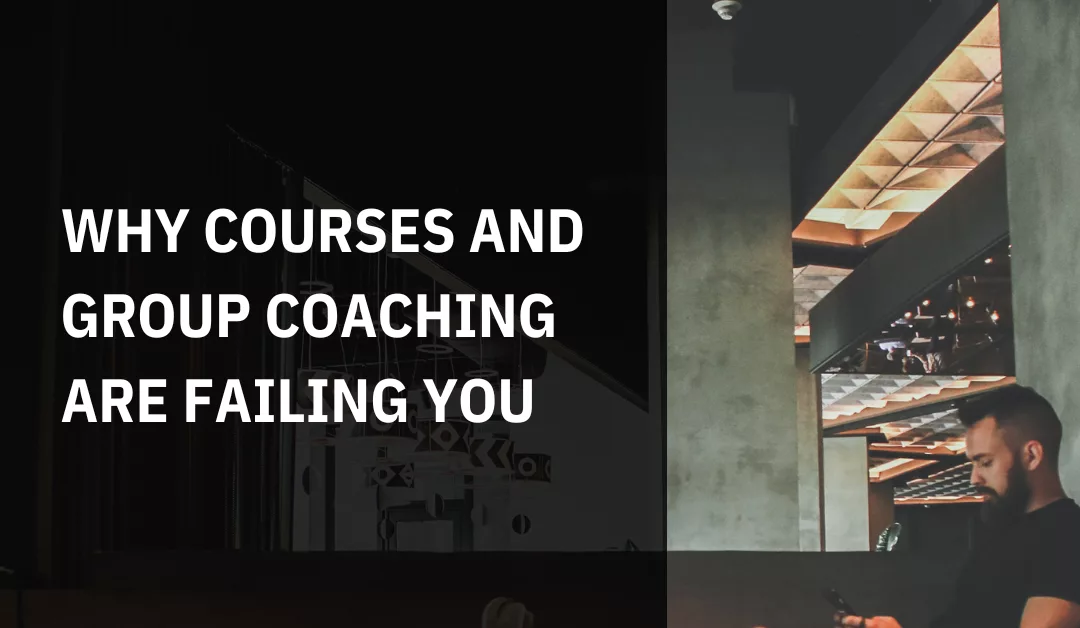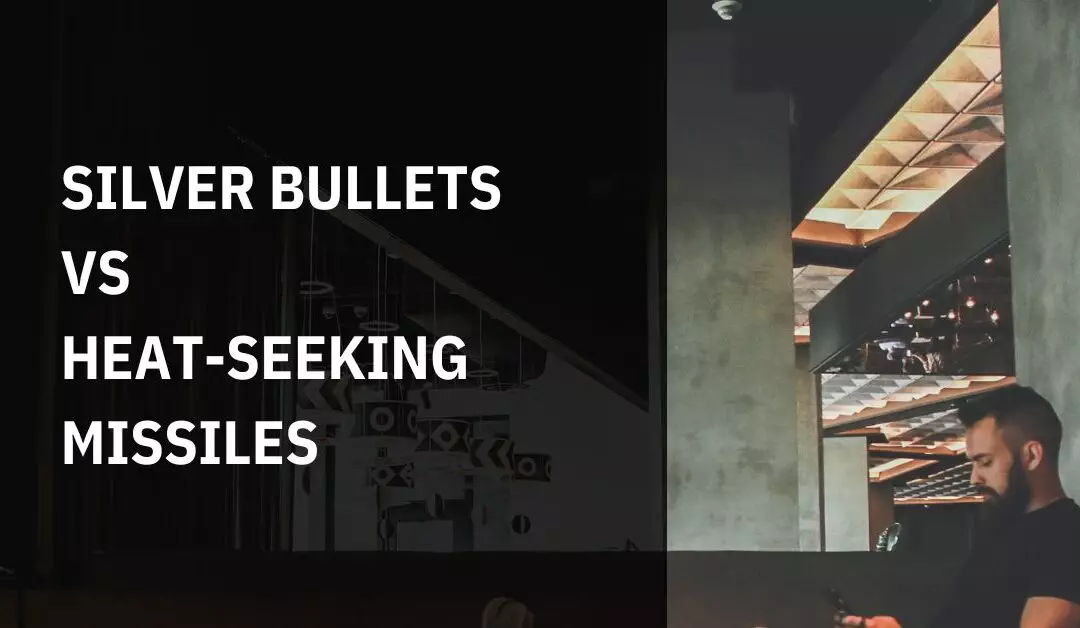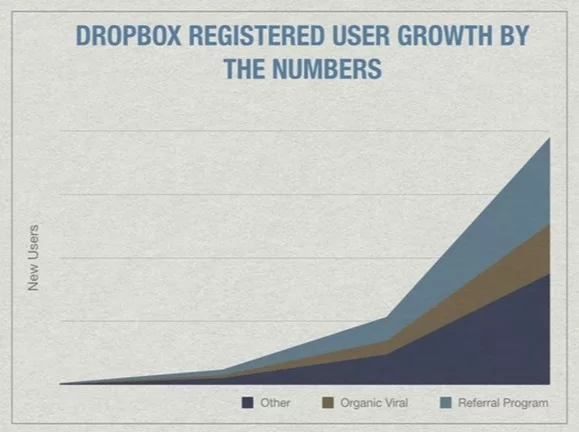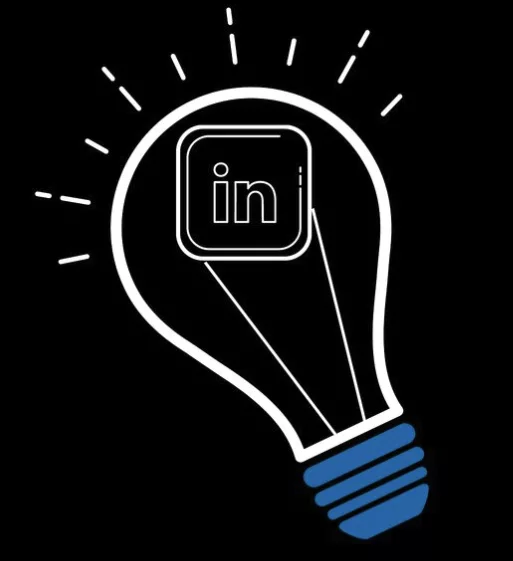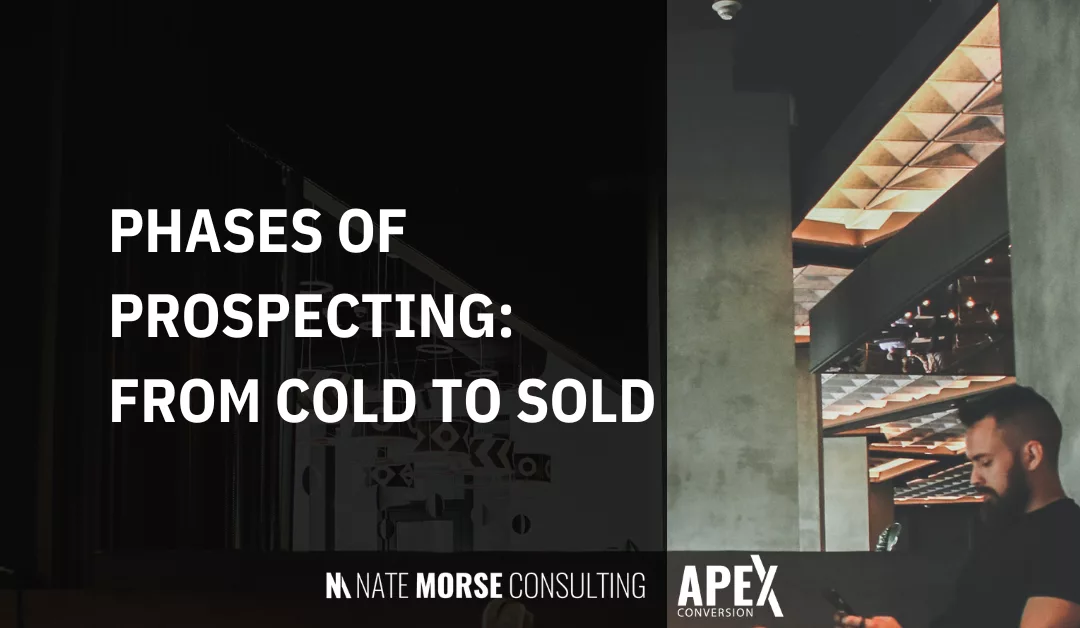
Phases of Prospecting: From Cold to Sold
For years, I’ve utilized the principles outlined in “The Lost Art of Closing” as a cornerstone of my sales strategy.
What I particularly admire about this book is its focus on the internal commitments required in a sale, effectively separating the human experience within the sales process.
This approach has been instrumental in guiding clients through their decision-making journey in a way that’s both empathetic and effective.
However, I’ve noticed a gap when it comes to prospecting, especially on platforms like LinkedIn.
“The Lost Art of Closing” begins with the commitment to time, but in the realm of prospecting, the commitment for time is at the end not the beginning.
Recognizing this, I’ve adapted and expanded the framework to better suit the early stages of prospecting, emphasizing the gradual development of a relationship before seeking a commitment to time.

Connect:
Focus: Establishing a genuine connection with the prospect through LinkedIn groups, Sales Navigator, etc.
Emphasis: Building trust and rapport, setting a foundation for meaningful interactions.
Questions to Ask: “What inspired you to enter your field?” or “I noticed your recent post on [topic], what’s been your experience with that?”
Engage:
Focus: Actively participating in conversations and showing genuine interest.
Emphasis: Demonstrating involvement and investment in the prospect’s interests.
Questions to Ask: “What challenges are you currently facing in [a specific area]?” or “How do you see the industry evolving in the next few years?”
>See more in my LinkedIn Prospect Primer<
Uncover:
Focus: Understanding the prospect’s needs and challenges.
Emphasis: Showing empathy and a deep understanding of their situation.
Questions to Ask: “Can you tell me more about your current priorities?” or “What has been a significant obstacle for you recently?”
Discover:
Focus: Identifying relevant topics or challenges the prospect is actively engaged with.
Emphasis: Initiating a conversation that feels natural and relevant.
Questions to Ask: “I noticed your interest in [specific topic], how are you planning to implement that in your strategy?” or “Your recent project on [topic] was intriguing, what were your key takeaways?”
Consider:
Focus: Encouraging the prospect to contemplate a deeper engagement.
Emphasis: Facilitating their consideration of how your offerings can meet their needs.
Questions to Ask: “Would you be open to a call to discuss how we might address these challenges?” or “Can we schedule a brief meeting to explore potential solutions for your current needs?”
—
If you’re looking to customize this strategy further to suit your specific situation or if you’re seeking faster, more direct assistance, I encourage you to book a call with me. This one-on-one consultation will allow us to dive deeper into your unique challenges and opportunities, tailoring the approach to fit your exact needs.


